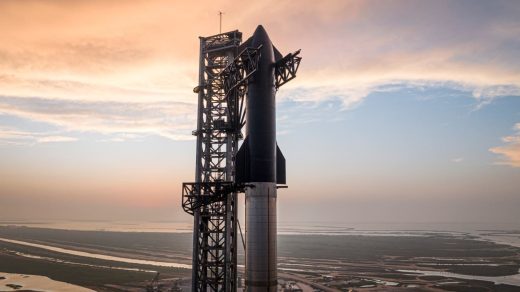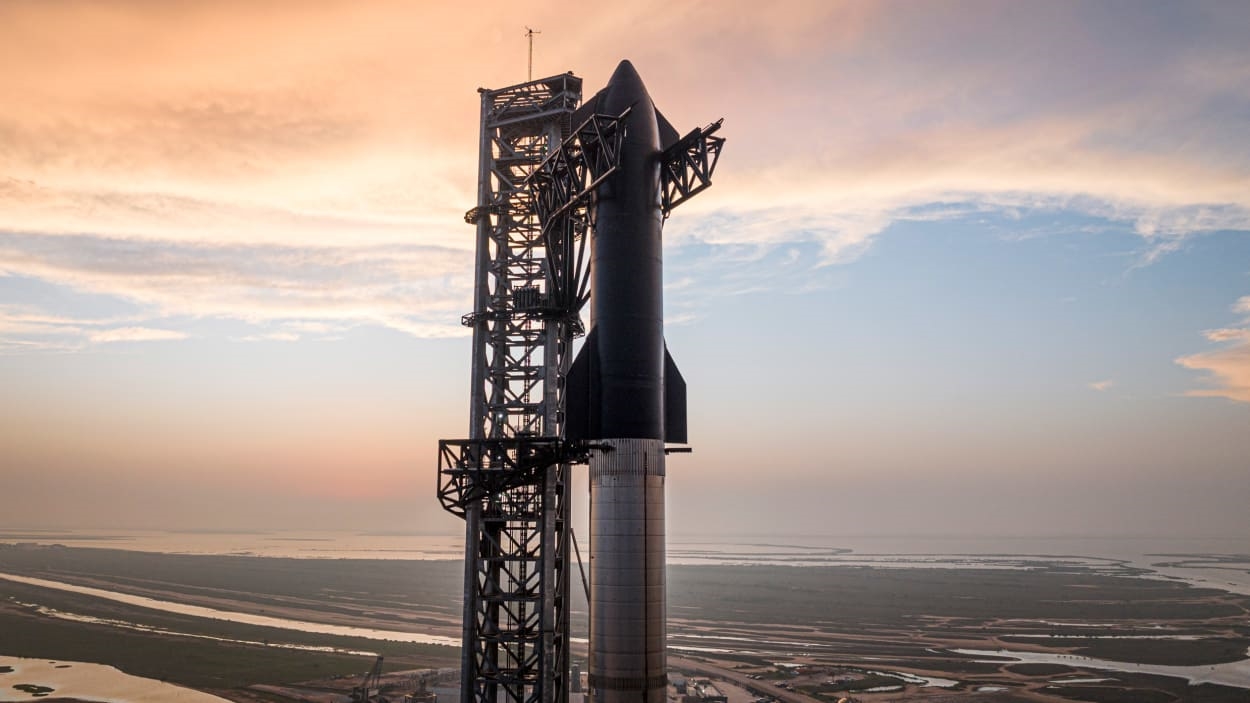Inside SpaceX’s upgraded Starship rocket
By Jack Kuhr—Payload
Since Starship’s first orbital flight test nearly three months ago, SpaceX has been working around the clock modifying the rocket, rebuilding the launch pad, and defending itself against an environmental lawsuit as the launch giant prepares for its second orbital attempt.
Upgrades to Starship
SpaceX will be using Booster 9 and Starship 25 for its second OFT. Since the first flight, SpaceX has made 1,000-plus modifications to Starship, including significant adjustments to the thrust vector controls, staging, liftoff, and flight termination system.
Going electric: Booster 9 will employ electric thrust vector controls, replacing the hydraulic system. The central issue in the first flight was the cascading Raptor failures, where one malfunction triggered another. Electric controls allow the engines to be more isolated.
Hot staging: SpaceX will fire its upper stage engines before it shuts down all its booster engines. Hot staging ensures continuous thrust throughout the ascent, which is intended to increase payload capacity by 10%.
Liftoff: During the first test flight, SpaceX gradually ramped up Raptor thrust on the pad, which resulted in Starship taking nearly 10 seconds to lift off. SpaceX intends to throttle up faster in the second test to avoid pad damage.
The big unknown: In a post-launch call, Elon Musk said the recertification of its termination system, which took 40 seconds after initiation to explode Starship, would be the long lead item. SpaceX has tested its upgraded FTS on a booster at the Massey test facility in Texas, but there has been no word on the certification timeline.
Upgrades to the Launch Pad
After the April test flight, the launch pad required the most attention. The power from Starship’s monster Raptor engines blasted Stage Zero, cratering the concrete underneath the orbital launch mount (OLM) and scattered rock and sand particles for miles.
Nearly three months later, the launch giant has made fast and significant progress rebuilding its OLM, concrete ground, tank farms, and quick disconnect arm.
Upside down showerhead: The most substantial upgrade to Stage Zero was last week’s installation of a water cooled steel plate system.
The FAA and Environmental Lawsuit
Shortly after Starship’s midair explosion, the FAA opened up a routine investigation. In a recent statement to CNN, the FAA revealed that SpaceX has yet to submit a mishap report outlining the necessary corrective measures.
FAA environmental lawsuit: Additionally, in the wake of the April 20 launch, environmental groups filed a lawsuit against the FAA, contending that SpaceX should have been subject to a lengthy environmental impact statement prior to launching from Starbase at Boca Chica, Texas. SpaceX has joined the lawsuit as a co-defendant and has filed its answers to the allegations.
Going forward: Musk has said that Starship will be ready to fly again by August. While significant progress has been made on upgrading the rocket and launch pad, receiving regulatory approval may end up being the critical hurdle.
This story originally appeared on Payload and is republished here with permission.
(10)



